On the occasion of the New Year 2025, Vietnam Weekly had a conversation with Dr. Nguyen Dinh Cung - Former Director of the Central Institute for Economic Management, to look back on the past year and hopes for strong reforms in the new year.
High GDP growth
Sir, 2024 has ended with outstanding economic growth. How do you view this achievement?
Mr. Nguyen Dinh Cung : It has become a tradition that macroeconomic stability is still maintained; inflation is controlled within the set target; GDP growth in 2024 is high, surprisingly high beyond the predictions of most domestic and foreign experts and economic organizations.
The factor that creates the unexpected growth is the strong recovery of industrial production compared to 2023; associated with high export growth thanks to import demand from major partner economies recovering and increasing strongly compared to 2023.

Mr. Nguyen Dinh Cung: The 14th Congress needs to officially assign targets, including GRDP growth, new jobs and corresponding income/per capita to localities.
Industry is the factor that makes GDP growth unexpectedly high, reaching the highest level of 8.32% since 2020, a sharp increase of 5.3 percentage points compared to 3.02% in 2023. In addition, exports have also become the growth engine of the economy. It is the recovery of import demand from outside, leading to a sharp increase in export turnover, promoting industrial production, especially the manufacturing and processing industry, which is dominated by FDI and export orientation.
However, both pillars of industrial production and exports are showing signs of weakening in the last months of 2024.
In the 4 years from 2021-2024, economic growth is unstable with relatively large fluctuations. If GDP growth in 2025 is 7%, the average growth in the period 2021-2025 will only reach 5.93%; if it reaches 8%, the average GDP growth in 5 years will increase by more than 6.2%; lower than the target of 7-7.5%.
Investment has been strongly urged to support economic growth. What do you see as noteworthy in the economy last year?
Mr. Nguyen Dinh Cung : In 2024, FDI disbursement has recovered to the pre-Covid-19 growth rate, around 10.6%. Non-state investment has also improved, increasing by 7.7% compared to 2.7% in 2023. However, the above increase is still much lower than the average of 2014 - 2019 of 13.6%.
The recent assessments and directions of General Secretary To Lam have opened up space and created extremely favorable conditions for institutional reform, removing bottlenecks of bottlenecks.
Mr. Nguyen Dinh Cung
Public investment in 2024 will increase by only 3.3%, a sharp decline from the average of 19% in 2022-2023. Thus, it can be said that domestic investment, especially private investment, still has great room to develop and offset other growth drivers.
The market entry/exit ratio is 1.18, the lowest level to date; and the number of active enterprises will increase by only over 35 thousand enterprises in 2024. The growth rate of private investment in the past 4 years has been very low, averaging only 5.8%.
The stock market is still fluctuating, around 1200-1250 points; the real estate market is strongly influenced by speculative factors; supply and demand are unbalanced, the number of transactions is low, liquidity is low and prices are unusually high...
I think that moving into 2025, the goal of accelerating growth will require a lot of effort to achieve while the external context is also unpredictable.
Looking at the world, what do you think Vietnam needs to pay most attention to?
Mr. Nguyen Dinh Cung : President Trump's unexpected and unpredictable policies and decisions, and the risk of imposing "mass" tariffs on imported goods into the US, will have an adverse impact on Vietnam's exports to the US. "Borrowing the way" to export to the US is also a risk that cannot be ignored.
The export growth rate tends to decrease in the last months of 2024 due to the decrease in import demand in the world market, especially from Vietnam's main trading partners, and this trend is forecast to continue in 2025.

As has become a tradition, macroeconomic stability has been maintained; inflation has been controlled within the set target. Photo: Bao Kien
President Trump’s unpredictable and unexpected policies and decisions, and the risk of imposing “massive” tariffs on imported goods into the US, will have a negative impact on Vietnam’s exports to the US. The risk of being “taken advantage of” to export to the US is also a risk that cannot be ignored.
The dollar is expected to continue to appreciate strongly; USD interest rates will increase. Therefore, it will be difficult for Vietnam to reduce interest rates, and the room for loosening monetary policy to boost growth will be narrowed.
External demand is down, export-oriented industrial production is down, and disbursed FDI may fall. That is, the factors that created the unusually high growth in 2024 are no longer there.
Not to mention military conflicts and supply chain disruptions in the world that are still unpredictable.
However, we also have many opportunities from outside. I think the pressure forces us to diversify our export markets.
In addition to diversifying the supply chain, FDI continues to flow into Vietnam, especially capital flows withdrawn from China to both reduce dependence and avoid increased export taxes to the US under Donald Trump's policy.
Open space for institutional reform
We are vigorously implementing the streamlining of the state apparatus. What advantages and disadvantages will this bring to economic development?
Mr. Nguyen Dinh Cung : We have never had such open space and favorable conditions for institutional reform as we do now. The assessments and directions of General Secretary To Lam in recent times have opened up space and created extremely favorable conditions for institutional reform, removing bottlenecks of bottlenecks.
Second, there is still a lot of room for private investment; domestic investment capital flows need to continue to be unblocked; domestic investment opportunities need to be promoted and encouraged; thousands of unfinished large-scale investment projects need to be "revived" to unblock capital sources for the economy; provide more products to the market; and create new values for society.
Third, domestic consumption can also improve if the domestic economic sector recovers to pre-Covid levels and the state has policies to encourage production, increase income and increase household consumption.
When external conditions are not as favorable as in 2024, exports and export-related industries cannot be the "salvation" for growth from 7%; we must take advantage of the room for internal growth momentum to reach 7-8%; otherwise, growth may return to 5.5-6% as forecasted by international organizations.
Amending the Law towards market development
General Secretary To Lam has identified institutions as “bottlenecks of bottlenecks”. How do we solve “bottlenecks of bottlenecks” to create “breakthroughs of breakthroughs”, sir?
Mr. Nguyen Dinh Cung : To solve the above situation, we must have “new thinking and new ways of doing things”. That is, to solve the “bottleneck of the bottleneck”, we must not only continue to improve it, but also remove it, even “destroy it and rebuild it” if necessary.
I think that all levels and sectors need to thoroughly grasp the following instructions of General Secretary To Lam as a framework of thinking and methodology to remove "bottlenecks of bottlenecks":
First, we must abandon the mindset of "if you can't manage it, then ban it" in law-making.
Second, the law is not only for management, but must encourage innovation, creativity, promote development, create opportunities and expand development space.
Third, perfect the legal system, quickly overcome overlaps and shortcomings in the current system, create a stable and easy-to-comply legal foundation. Spirit is an issue, a content is only regulated in one law; enterprises are free to do business in what is not prohibited by law. State agencies are only allowed to do what is permitted by law.

Entering 2025, the goal of accelerating growth will require a lot of effort to achieve while the external context is also unpredictable. Photo: Nguyen Hue
Fourth, strongly and comprehensively decentralize to localities in the direction of "Local decision, local action, local responsibility".
Fifth, promote the method of "management by results" and shift from "pre-control" to "post-control", creating new space and development momentum.
Sixth, promote market principles in resource mobilization and allocation, while eliminating the "ask-give" mechanism and subsidy mindset.
Can you specifically point out the institutional barriers that are bottlenecks and what the solutions are?
Mr. Nguyen Dinh Cung : The biggest legal bottlenecks and bottlenecks today are concentrated in two areas. One is the area of resource mobilization, allocation and use, especially land and investment of all kinds. Two is the area of specialized law, especially conditional business lines and corresponding business conditions.
Therefore, in the coming years, focus on removing bottlenecks in the above two areas.
To solve the “bottleneck of the bottleneck” we must not only continue to improve it, but also dismantle it, even “destroy and rebuild” it if necessary.
Mr. Nguyen Dinh Cung
In the field of resource mobilization, allocation and use, there are a series of overlapping laws, with the same scope of regulation as investment, especially construction investment, including the Investment Law, Public Investment Law, Construction Law, Real Estate Business Law, Housing Law, Law on Investment under the public-private partnership method. There are also a number of other related laws such as planning law, urban planning, rural planning, etc.
International experience shows that some countries only have laws to encourage and protect investment. Similarly, if there is a housing law, it is a law on housing policy for citizens.
Therefore, to thoroughly implement the direction of the General Secretary as presented above, it is necessary to amend the Investment Law in the direction of retaining the content of investment protection and encouragement.
Research and amend the Land Law in the direction of developing primary and secondary markets for land use rights, including agricultural land use rights, to enforce the law through the market, not through administrative measures as at present. Research and amend the current planning law to replace and abolish planning content in other laws.
For specialized laws related to conditional business lines and corresponding business conditions, at least 2/3 of conditional business lines and corresponding regulations on business conditions will be reviewed and abolished, especially in the service sector. The remaining will be precise, specific, simplified, and made transparent for easy compliance and implementation at the lowest possible cost.
Removing the two above-mentioned bottlenecks combined with thorough decentralization to localities will certainly bring about a breakthrough.

Domestic consumption can improve if the government has policies to encourage production, increase income and increase household consumption. Photo: Bao Kien
The General Secretary has strongly criticized the waste. What solutions does he recommend to deal with this situation?
Mr. Nguyen Dinh Cung : I think we must thoroughly grasp and immediately implement the direction of General Secretary To Lam: "Prioritize resolving wasted resources, such as suspended planning, projects stuck in procedures, unused public land, disputed assets and protracted cases". Accordingly, in 2025:
Ministries, sectors and localities must complete the removal of legal obstacles for thousands of investment projects, unblock investment capital flows and soon turn those projects into new production capacity of the economy.
The current situation of suspended planning must be eliminated in the direction that any planning that is not included in the (integrated) development planning (provincial, regional and national levels) approved by competent authorities must be eliminated.
For public land and assets attached to unused land, including land managed by state-owned enterprises and public service units, the organizations and units assigned to manage it must develop a plan for use (including sale, contract, lease for a limited period, etc.) and put it into use immediately.
Put pressure on leaders
The government is considering a mechanism to “contract growth” both in quantity and quality to localities. What do you think about this mechanism?
Mr. Nguyen Dinh Cung : Currently, the (integrated) development planning of provinces and centrally-run cities has been approved by the Prime Minister, in which all localities set a growth target of over 10%; The planning has also identified breakthrough tasks, industry and regional development orientations, and a list of initial projects to achieve the above growth target.
Setting high targets will create strong pressure forcing the Provincial Secretary and Chairman to devote all their efforts and intelligence, win people's hearts, innovate, be creative, dare to think differently and do differently to achieve the target.
Mr. Nguyen Dinh Cung
Thus, in fact, local leaders have set high growth targets and they are clearly aware of that.
If all or most localities achieve GRDP growth of over 10%, the national GDP will certainly reach over 10%. The target of stable growth of 10% over 10-20 years is very high, and very difficult to achieve; and international experience so far shows that only a very few countries have achieved it. That means it is very difficult but not impossible to achieve.
I think that the 14th Party Congress officially assigned targets, including GRDP growth, new jobs and corresponding income/per capita to localities, which means assigning tasks to the leaders of those localities (Secretaries and Chairmen of the People's Committees of provinces and centrally-run cities) for the 2026-2030 term.
Thus, they will be evaluated based on the results with the 3 above mentioned indicators (KPIs).
Such a goal is very high and only a truly capable person can achieve it. Assigning a high goal will create strong pressure forcing the Secretary and Chairman of the province to devote all their efforts and intelligence, win people's hearts, innovate, be creative, dare to think differently and do differently to achieve the goal.
They must be given the right motivation and space to develop their talents and carry out their assigned tasks. That space can be:
Implement thorough and comprehensive decentralization to localities according to the motto "locality decides, locality does, locality is responsible". That means that localities not only decide "what to do", but also have the right to decide "how to do".
In case of having to change or supplement the planning... it must be submitted to the Provincial People's Council. Once the Provincial People's Council approves the plan, it must be reported to the Prime Minister.
Have the right to flexibly apply and enforce legal regulations. In case legal regulations on the same issue overlap or differ, have the right to choose the most appropriate regulation to apply to resolve the related issue.
In cases where the law has not yet provided, or the regulations are unclear, the right to apply the most reasonable and effective method to resolve the related issue is granted.
Evaluate their performance against goals, results and overall effectiveness; do not let a failure or lack of success in a project negate the achievement of the overall goals expressed through the above indicators.
The central government must ensure coordination between localities in the region in implementing regional projects. Do not let one locality block connections, limit space and development opportunities for another locality for its own development.
If necessary, the Government will provide guarantees for localities to borrow additional capital to invest in important projects.
Vietnamnet.vn
Source: https://vietnamnet.vn/chua-bao-gio-co-khong-giant-cai-cach-rong-mo-nhu-hien-nay-2367156.html




![[Photo] Prime Minister Pham Minh Chinh receives delegation from the US-China Economic and Security Review Commission of the US Congress](https://vphoto.vietnam.vn/thumb/1200x675/vietnam/resource/IMAGE/2025/5/7/ff6eff0ccbbd4b1796724cb05110feb0)

















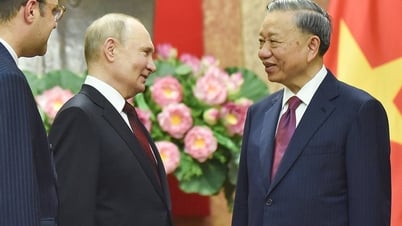











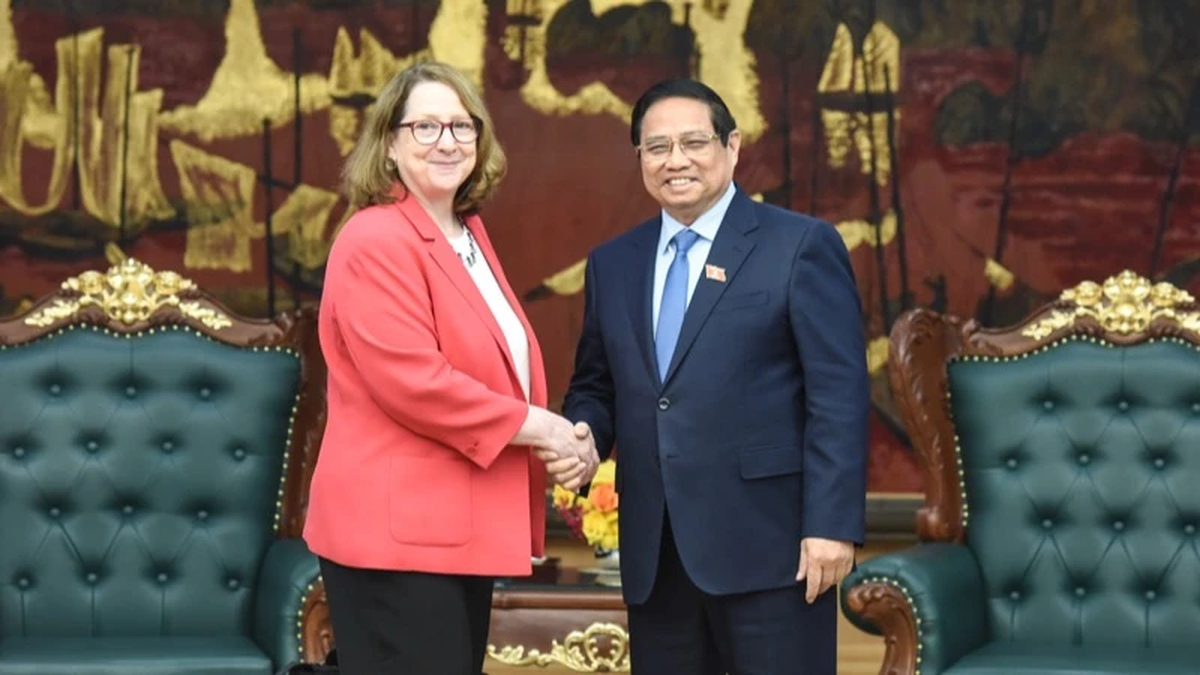

























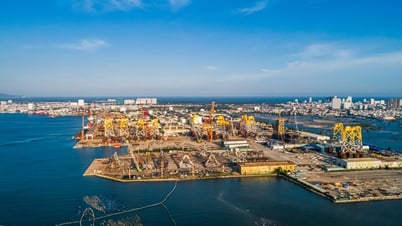






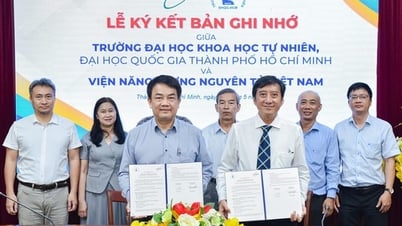










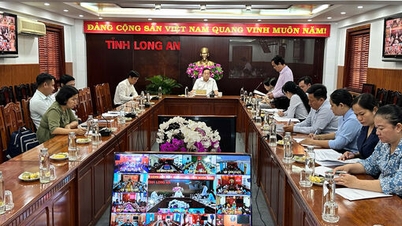
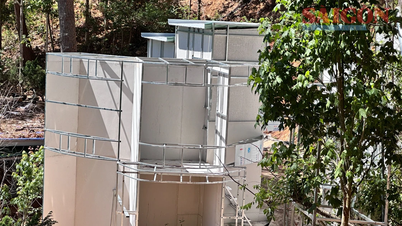











Comment (0)